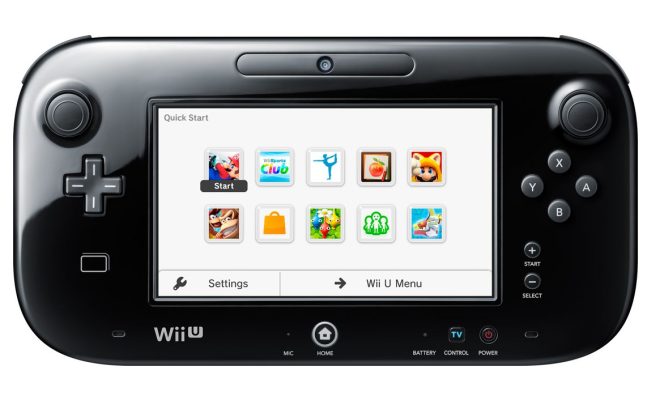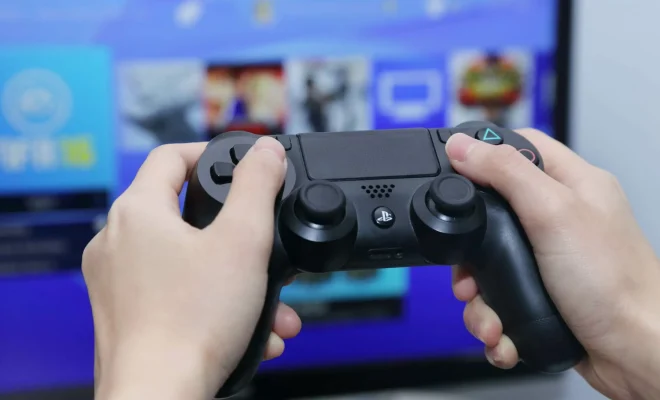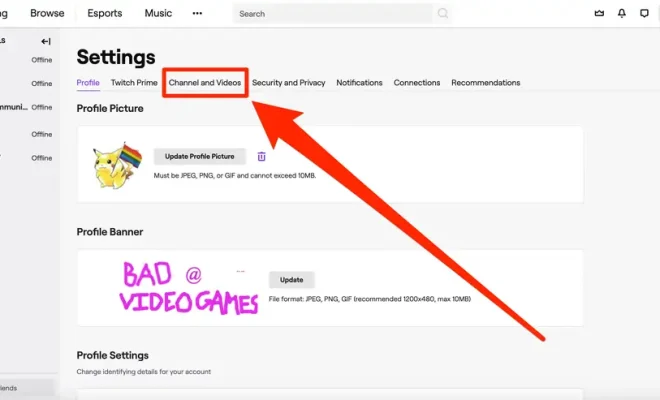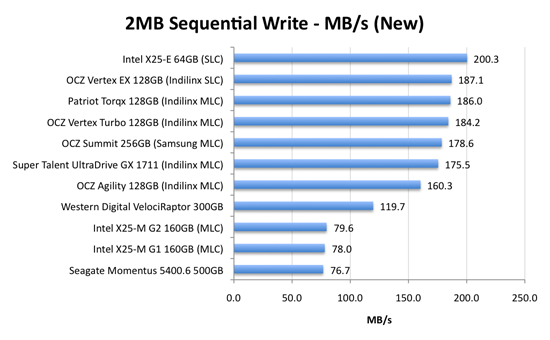10 Reasons the Wii U Failed

The Wii U was released in November 2012 as the successor to the incredibly popular Wii console. However, despite its promising start, the Wii U ultimately failed to capture the hearts of gamers and ended up being one of Nintendo’s least successful consoles. Here are 10 reasons why the Wii U failed:
1. Confusing marketing
One of the biggest issues with the Wii U was its confusing marketing strategy. Many consumers didn’t understand that the Wii U was a new console and not just an upgraded version of the Wii. This led to a lot of confusion and ultimately hurt the system’s sales.
2. Lack of third-party support
Another major issue with the Wii U was its lack of third-party support. Many popular games were not released on the Wii U, which made it difficult for the console to compete with the Xbox and PlayStation.
3. Weak hardware
Compared to other consoles on the market at the time, the Wii U had weaker hardware capabilities. This meant that many games either couldn’t be ported to the system or had to be downgraded in order to run.
4. High price point
When the Wii U was released, it was priced higher than the Xbox and PlayStation. This combined with the lack of third-party support made the system unappealing to many gamers.
5. Lack of games
Many consumers felt that the Wii U didn’t have enough games to make it worth purchasing. This was especially true during the system’s early days, when there were only a handful of titles available.
6. Poor timing
The Wii U was released during a time when the Xbox and PlayStation were already well-established. This made it difficult for the system to gain a foothold in the market.
7. Confusing controller
The Wii U’s controller, which included a large touchscreen, was seen as confusing by many consumers. It was also expensive to replace if it was damaged.
8. Lack of online features
Compared to other consoles, the Wii U’s online capabilities were lacking. This made it difficult for gamers to connect with each other and added to the system’s overall unpopularity.
9. Underpowered online store
The Wii U’s online store was underpowered compared to those of Xbox and PlayStation. This made it difficult for gamers to purchase and download games, even if they wanted to.
10. Lack of innovation
Finally, many gamers felt that the Wii U didn’t offer enough innovation compared to the Wii or other consoles on the market. This lack of innovation made it difficult for the system to stand out and attract new consumers.
Overall, the Wii U failed for a variety of reasons, including confusing marketing, lack of third-party support, weak hardware, high price point, lack of games, poor timing, confusing controller, lack of online features, underpowered online store, and lack of innovation. Despite its failures, however, the Wii U did pave the way for the Nintendo Switch, which has been a massive success for the company.






